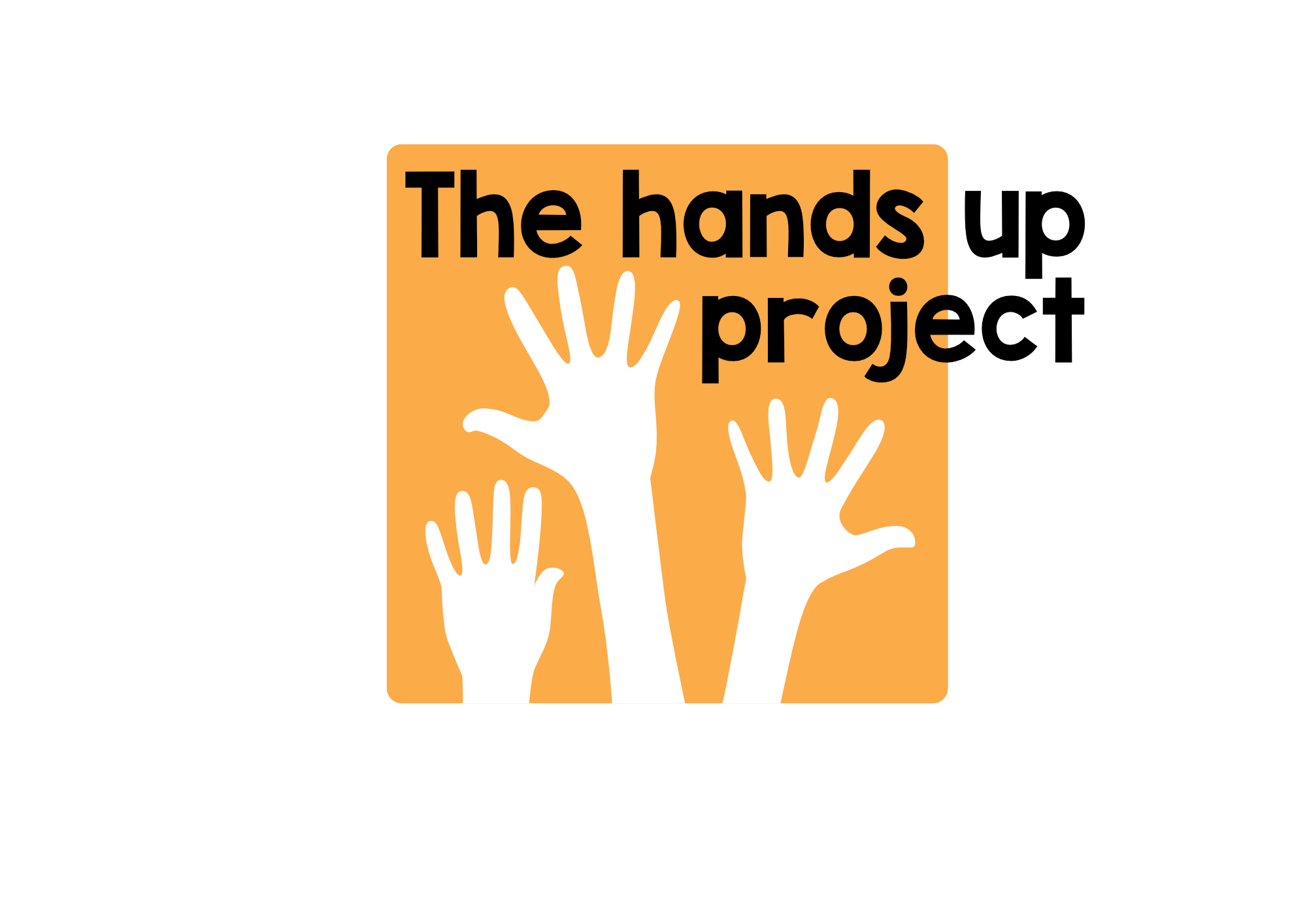The end of the story..
The Lion and the Mouse, Stories Alive
Endings are tricky for me. When I get to the end of telling a story, I can feel quite uncomfortable, and I'm never really sure whether to just pause, or to say something like 'And that's the end of the story' or 'And they all lived happily ever after'.
When we're using stories for language teaching (or indeed for any other purpose) that could be all that is necessary of course; we could just leave the story to do its work on its own. In fact I've often wondered what language teaching for young learners would be like if it consisted entirely of listening to stories and talking about them; my hunch is that it would be much more effective than a syllabus which focused entirely on presentation of grammar.
Sometimes however we might also want to do something quite controlled after a story to help the students activate some of the vocabulary or grammar or chunks of language that is contained within it.
When I wrote the Stories Alive material, I felt that sequencing the story summaries was a useful thing to do after listening. For one thing it would be a chance for the students to do some reading and to think about text cohesion and linking devices. It's also a good way to check how much of the story they have taken in. But as teachers I know that you all have a wealth of other ways of following up the telling of a story.
It would be great if we could use this post as a space for sharing some of these ideas. To get the ball rolling here's something that happened the other day. I told the story of the Lion and the Mouse to a group in Gaza and I wanted to do something to follow it up but I only had about 10 minutes left of the session. Here's what we did.
Rola, the teacher on the ground, divided the class into two groups.
Each group brainstormed all of the words they could think of which were related to the story.
One person from each group came to the front to speak to me through the webcam.
The two students at the front took it in turns to say words from the story. If they couldn't think of a word, or if they repeated a word that had already been said their team lost.
It's a very simple activity but, in my opinion, a nice way of both activating some language, and encouraging the kids to review the story in their heads.
What about your classes? Which activities do you use after telling a story for these purposes? Please post a comment about this below.

